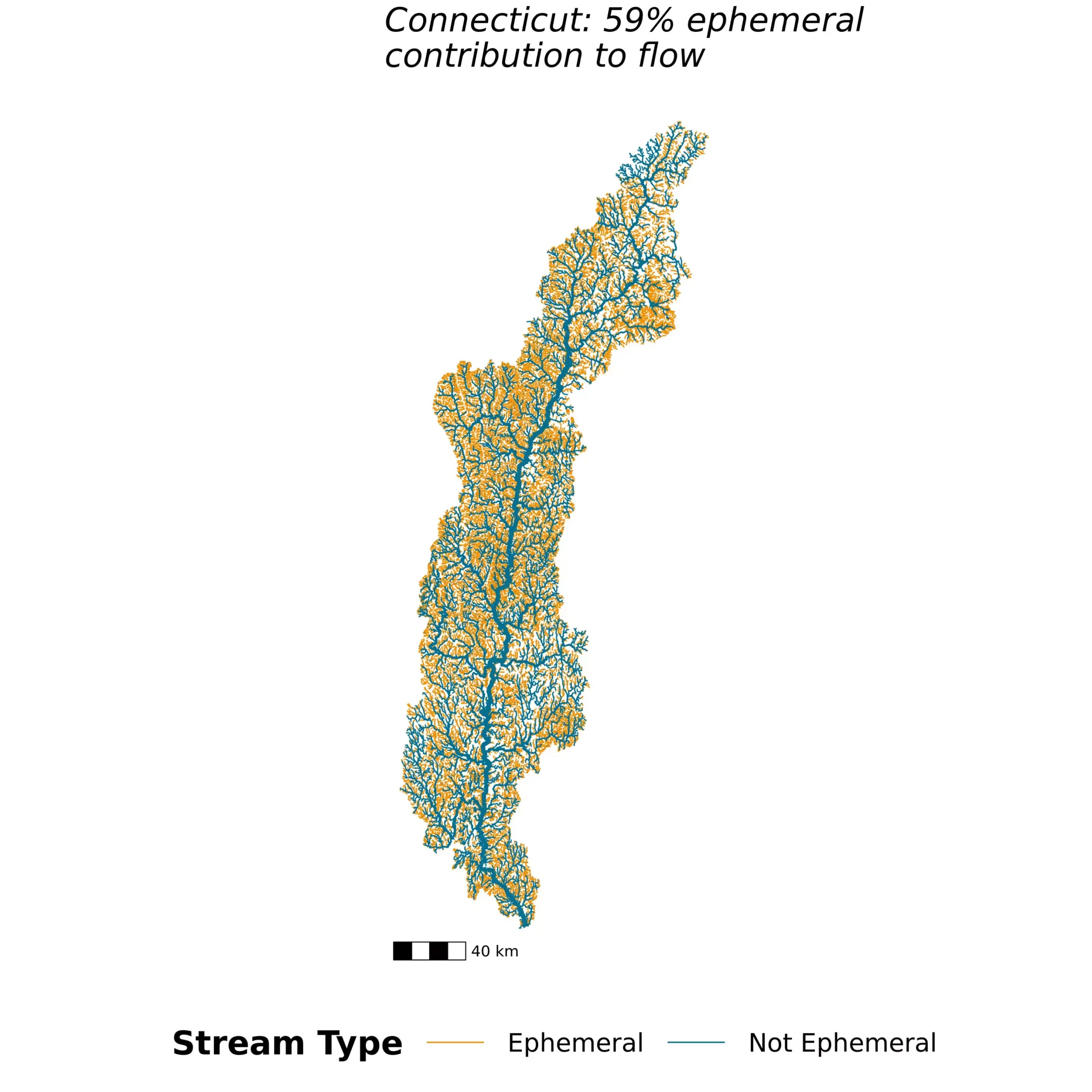In the realm of environmental protection, much attention has historically been paid to perennial rivers and lakes—waters that flow continuously and are clearly visible. However, a growing body of scientific evidence reveals a sobering reality: ephemeral streams, despite their intermittent nature, wield an outsized influence on our water systems and pollution dynamics. These temporary waterways, which only flow after rainfall and often dry up in between, have been largely overlooked by regulators and policymakers. Yet, recent research underscores that their impact on overall water quality and ecosystem health cannot be overstated.
The recent Supreme Court decision in 2023, which narrowed the scope of waters protected under the Clean Water Act (CWA), has inadvertently solidified this neglect. By ruling that ephemeral streams do not qualify for federal protection because they are not “relatively permanent,” the Court has created a significant loophole that threatens vital water resources. As a legal and environmental expert, I believe this ruling amplifies the importance of recognizing ephemeral streams not just as minor water features but as critical components of our watershed infrastructure.
Ephemeral streams, often dismissed as dry gullies or seasonal washes, may seem insignificant on a day-to-day basis. Yet, their role in transporting pollutants, nutrients, and sediments from uplands into major waterways is profound. When rainfall hits these dry channels, they become conduits—quickly funneling accumulated contaminants from surface runoff into rivers, lakes, and estuaries. This process can lead to a surprising and alarming surge of pollutants downstream, influencing water quality far beyond their immediate vicinity.
Environmental Impact and the Ubiquity of Ephemeral Streams
New research sheds light on just how integral ephemeral streams are to the hydrological and ecological fabric of the United States. On average, these intermittent waterways contribute approximately 55% of the total water flow in regional river systems—a figure that defies our traditional understanding. The influence is particularly stark in arid western states such as Nevada and California, where ephemeral streams contribute up to 94% of river discharge in areas like the Black Rock Desert and Humboldt County.
However, what is more astonishing is the revelation that ephemeral streams are not confined to the arid West. Even on the more humid East Coast, where groundwater and perennial streams dominate the landscape, ephemeral channels still account for a significant portion of river flow. For example, in the Connecticut River watershed, an astonishing 59% of the water flowing into Long Island Sound originates from these seemingly insignificant dry gullies. This indicates that their influence extends well beyond deserts and arid landscapes—a fact that contradicts common perceptions and highlights the interconnectedness of all water systems.
This unexpected ubiquity stems from the fact that ephemeral streams are not dependent on groundwater; rather, they respond primarily to rainfall events. During storms, they become rapid transport pathways, moving pollutants and sediments downstream with rapidity and force. Over time, this process accumulates, creating a hidden but persistent threat to water quality and aquatic habitats. Given the scale and influence of these features, their exclusion from the protections offered by the CWA is a regulatory oversight with potentially disastrous consequences.
The Legal and Policy Implications of Neglecting Ephemeral Streams
The 2023 Supreme Court ruling has not only reshaped the legal landscape but also undermined decades of environmental progress. By narrowing the definition of protected waters to only those that are relatively permanent, the Court has effectively rendered ephemeral streams invisible within federal regulatory frameworks. This omission means that pollution inputs into these streams can, in many cases, go unchecked, eventually affecting larger water bodies that remain under federal jurisdiction.
Environmental lawyers and scholars argue that this legal shift complicates efforts to regulate water pollution efficiently. In particular, the new judgement asks whether pollutants entering ephemeral streams should be treated differently from those in permanents streams. From a hydrological perspective, this distinction is artificial and misleading. The science clearly demonstrates that episodic pollution in ephemeral streams can—and does—travel downstream, impacting ecosystems and human communities far from the original source.
Furthermore, the legal scholar Doug Kysar suggests that Congress could, within its constitutional authority, explicitly extend CWA protections to ephemeral streams. He points out that water pollution is a quintessential interstate issue, affecting commerce and public health across borders. Yet, the reality is that enforcement is likely to fall back on state and local governments, many of which lack the resources or incentive to regulate ephemeral streams comprehensively. This creates a dangerous regulatory gap; one that allows polluters to exploit dry gullies that legally evade oversight, only to endanger expansive aquatic ecosystems downstream.
Prioritizing local control over federal oversight may seem advantageous for immediate governance, but it fundamentally weakens national efforts to safeguard water resources. The interconnectedness of watersheds demands a coordinated approach—one that recognizes ephemeral streams as vital arteries of our water system rather than insignificant dry channels.
A Call to Recognize and Reform: A New Paradigm for Water Protection
What the science and recent findings underscore is that ephemeral streams deserve recognition, not relegation. They are the hidden arteries of the hydrological cycle, and their regulation is essential to a holistic approach to water quality management. Ignoring their influence perpetuates a dangerous misconception: that only perennial, visible streams matter for environmental health.
Effective reform would entail revisiting legal frameworks like the Clean Water Act, advocating for explicit inclusion of ephemeral waterways. This would involve not only scientific acknowledgment but also political willpower to recognize the interconnectedness of all water bodies, regardless of flow permanence. The challenge lies in balancing regulatory oversight with economic and political realities—yet the ecological stakes demand urgent action.
By ignoring the influence of ephemeral streams, we risk unleashing a wave of unregulated pollution that could devastate ecosystems and communities decades down the line. The recent scientific revelations should serve as a wake-up call: the health of our water systems depends on a comprehensive understanding of all hydrological features, not just those that are visible and permanent. Recognizing this truth is crucial to ensuring a sustainable, resilient water future for generations to come.

